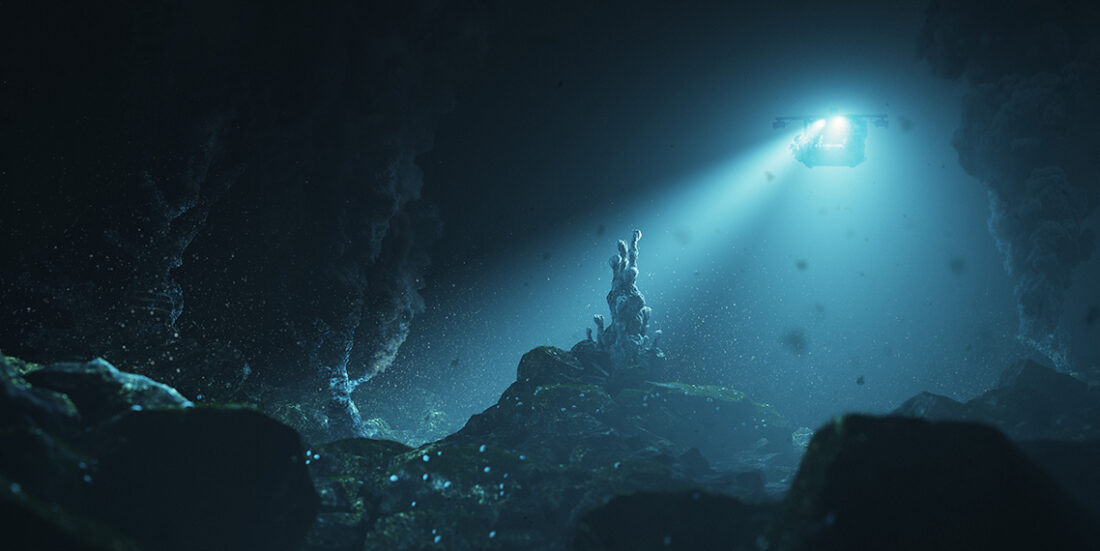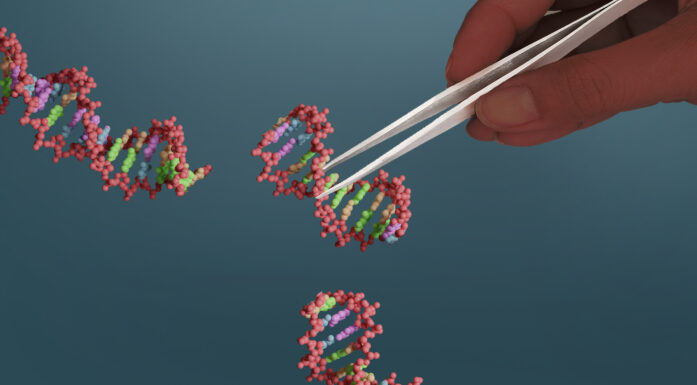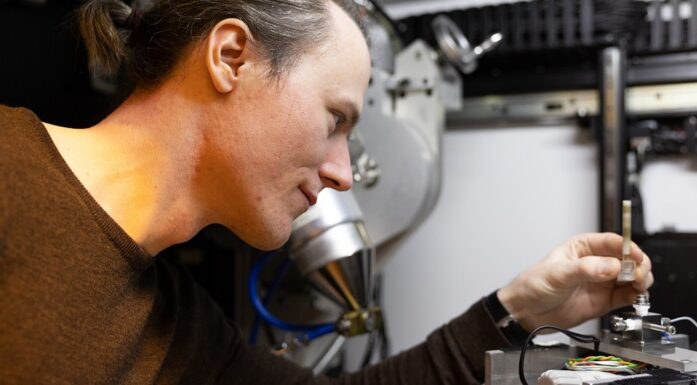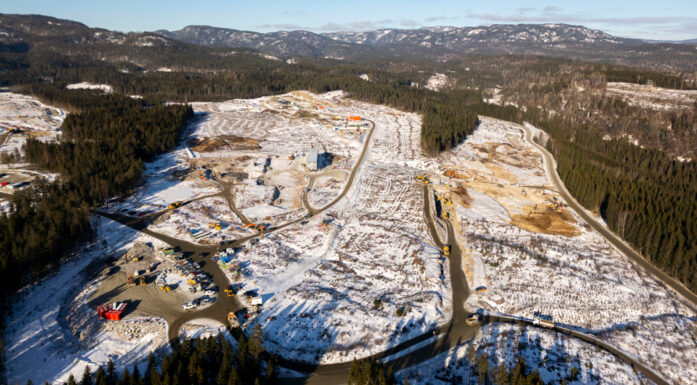Does Norway’s future lie at the bottom of the sea?
Low oil prices have fueled the debate about which industries Norway should develop and live on in the future. In the government’s revised national budget, the extraction of seabed minerals emerges as a clear investment area.
But are we ready to start mineral extraction at great water depths along the Atlantic mid-ocean ridge already now?
In the revised national budget, the government increases the allocation for mapping of seabed minerals and collecting information from NOK 69 to NOK 139 million. In connection with the presentation, Prime Minister Erna Solberg stated that the extraction of seabed minerals is one of the great opportunities for Norway in the coming decades.
We are in the process of shifting to greener technologies. Combined with population growth and increased living standards in the poorer parts of the world, there will in future be an increased need for minerals and metals. This is despite continued increased focus on recycling these raw materials.
Great potential for minerals and metals
Along the mid-ocean ridge, great potential for minerals and metals has been quantified. New findings by the Norwegian Petroleum Directorate in 2018 and 2019 confirm this. Despite this, we have too little concrete and reliable knowledge about how many deposits exist on the seabed and which of the deposits contain so much minerals and metals that future extraction is possible.
Due to many unanswered questions, NTNU has for several years carried out interdisciplinary research into a possible future mineral extraction from the seabed. We looked at technological, geological, societal, ethical and environmental aspects. This work continues.
The fact that the government has now decided to start an opening process does not mean that mineral extraction in deep water is just around the corner. A broad impact assessment must first be carried out to shed light on the possible consequences that an opening will have.
A resource assessment must also be carried out to quantify the resource potential and describe the probable characteristics of the deposits. Based on this work, commercial actors may have to find and develop possible deposits.
On land and under water
There are many similarities between mineral deposits on land and those we find on the seabed. The processes that form the deposits on the seabed have also formed the deposits in the mines at Røros and Løkken. Only age and a mountain range separate them.
NTNU has therefore researched how the ores on the seabed look compared to those on land. Are the minerals and composition of the ores the same and can traditional methods of processing and concentration be used?
Preliminary analyzes indicate that the mineralizations consist of the same minerals, but that there are differences related to, among other things, grain size. This means that traditional processing will not be as effective on marine mineral deposits as on deposits on land.
Other studies in the laboratory show promising and interesting results if you mix different types of seabed ores in a joint processing process. This leads to beneficial reactions in the separation processes which are used for increased recovery.
Working to understand the seabed
Another question that has received a lot of attention relates to how many resources are found on the seabed in the Norwegian Sea. Methods and techniques for the analysis and integration of several types of seabed data have been developed. The results from these studies make us better able to read and understand the seabed, and thus be able to predict in which areas there are likely to be deposits.
This can be used to develop exploration strategies. If it is combined with knowledge of the likely properties of the deposits, it will be possible to quantify how much will be found in the future.
NTNU has also worked on how to extract minerals from the seabed. There are sea depths down to more than 3,500 metres, and the weather and wind place great demands on equipment and the execution of the marine operations.
The decision on future mineral extraction from the seabed will be a political decision. Correct decisions must be knowledge-based, and here NTNU will contribute with interdisciplinary input.
Knowledge is acquired through collaboration. Industry and academia involved in work related to marine mineral extraction established the Norwegian Forum for Marine Minerals in 2019. The aim of this network is to strengthen cooperation between industry, research institutions and authorities and to promote sustainable extraction concepts.
This is the key if mineral extraction from the seabed is going to help tame current and future demand for minerals and metals.
Read more: Quantifying the Unknown: Marine Mineral Resource Potential on the Norwegian Extended Continental Shelf is based on research from NTNU on mapping marine minerals. The book is written by two of the article authors (Steinar Løve Ellefmo and Fredrik Søreide) and is available for free download.





